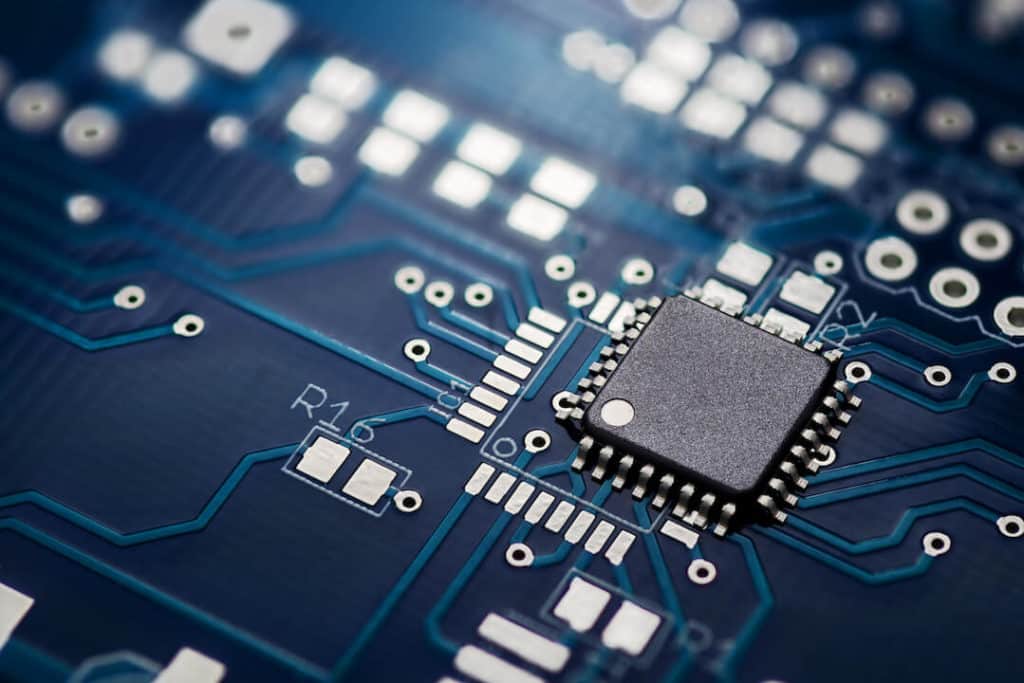Microchips are the backbone of modern technology, powering everything from smartphones and laptops to AI systems and supercomputers. As the semiconductor industry pushes the limits of miniaturization and efficiency, the race to develop chips beyond 4nm (nanometers) is shaping the future of computing.
But what comes after 4nm, and how will it impact industries like AI, mobile devices, and quantum computing?
Understanding the 4nm Chip Technology
The 4nm process represents an advanced semiconductor manufacturing node that improves power efficiency, transistor density, and performance compared to previous generations (7nm, 5nm). Major chipmakers like TSMC, Samsung, and Intel are leading the way in developing and producing these cutting-edge chips.
Key Benefits of 4nm Chips
- Higher Performance – More transistors per chip allow for faster processing speeds.
- Better Energy Efficiency – Lower power consumption leads to longer device battery life.
- Smaller Size – Enables compact, high-performance computing in mobile and wearable devices.
What Comes After 4nm? The Road to 2nm and Beyond
The semiconductor industry is already preparing for the post-4nm era, with 3nm, 2nm, and even sub-nanometer technologies in development.
3nm Chips (2024–2025)
- TSMC and Samsung have already begun mass production of 3nm chips.
- Apple’s A17 Pro chip in the iPhone 15 Pro is among the first consumer devices using 3nm technology.
- Improvements: Up to 35% better power efficiency and 15% performance gains compared to 4nm.
2nm Chips (2025–2026)
- IBM and TSMC have already prototyped 2nm chips with an expected release by 2025–2026.
- Nanosheet transistors replace traditional FinFET designs, boosting speed and efficiency.
- Scheduled to deliver up to 45% better performance and 75% power savings over 5nm chips.
Beyond 2nm: The Future of Semiconductor Technology
- 1.4nm and 1nm Chips – Expected by 2027–2028, pushing Moore’s Law to its limits.
- Sub-nanometer and Angstrom-Scale Transistors – Intel is already working on its “Ångström Era” chips (below 1nm).
- Graphene and Quantum Computing – As silicon approaches its physical limits, alternative materials like carbon nanotubes and quantum transistors could redefine computing.
Challenges in Advancing Beyond 4nm
Despite rapid progress, the transition beyond 4nm presents several challenges:
- Manufacturing Complexity – Advanced nodes require extreme precision, making production expensive.
- High Costs – Cutting-edge chips are costly, limiting their early adoption to high-end devices.
- Heat and Power Management – Smaller chips generate more heat, requiring innovative cooling solutions.
How Will Smaller Chips Impact the Future?
- AI and Machine Learning – Faster, more efficient chips will supercharge AI applications.
- Mobile and IoT Devices – Smaller chips will power ultra-efficient smartphones and wearable tech.
- Quantum Computing Integration – The transition to sub-nanometer chips could bridge the gap between classical and quantum computing.
Final Thoughts
The shift beyond 4nm to 3nm, 2nm, and even sub-nanometer chips marks a critical moment in semiconductor history. While technological and manufacturing challenges remain, the push for faster, smaller, and more efficient processors will continue to redefine computing across industries.
Would you like an expanded version of this for a detailed blog post?

Leave a Reply